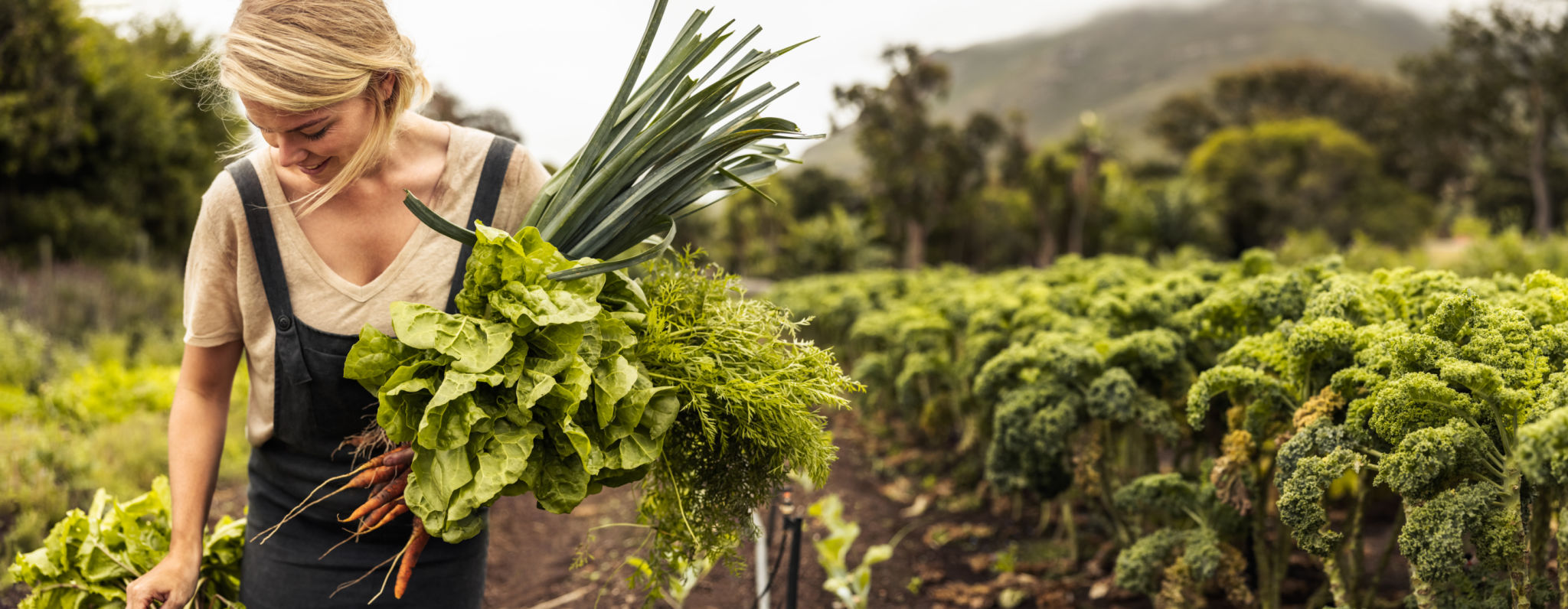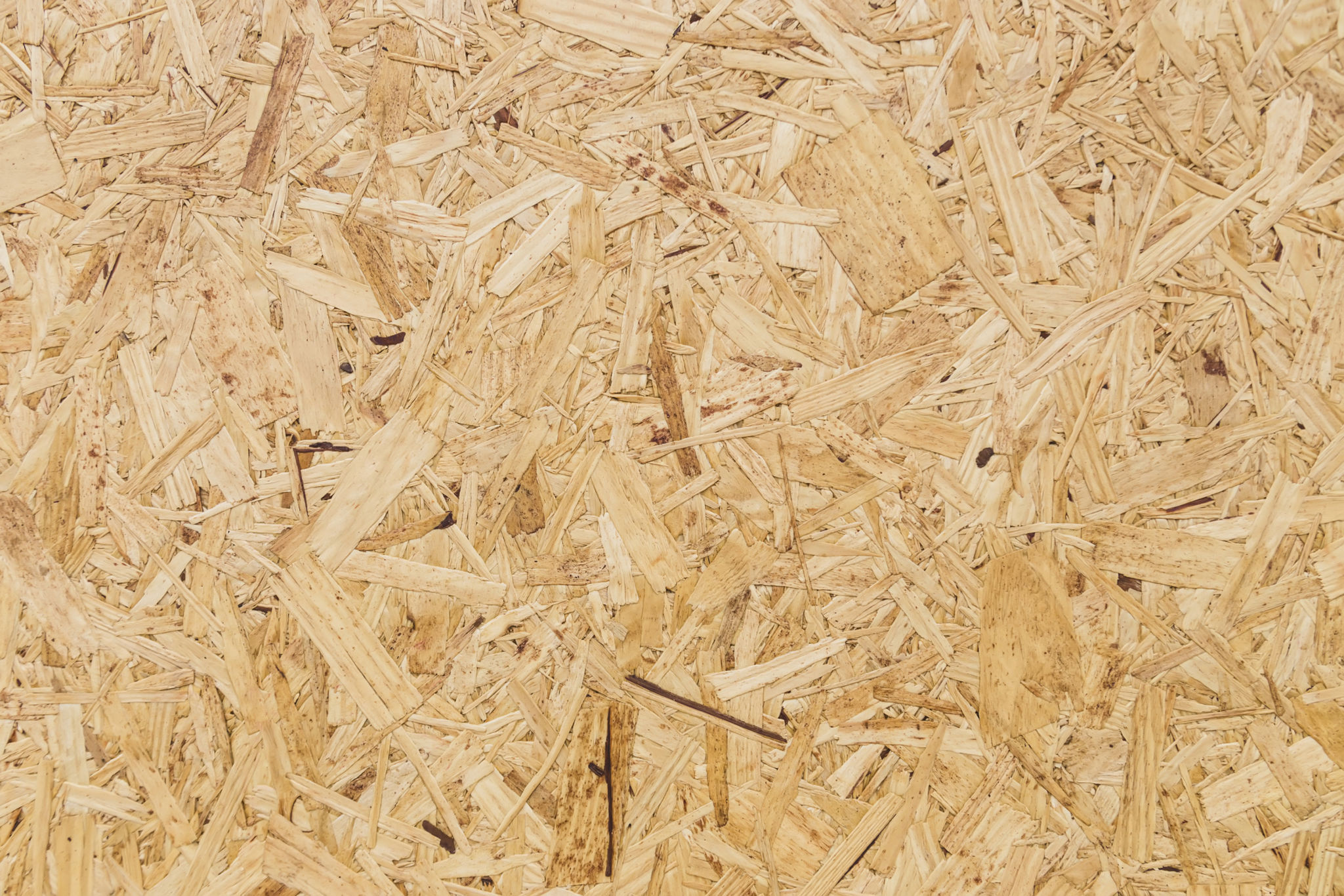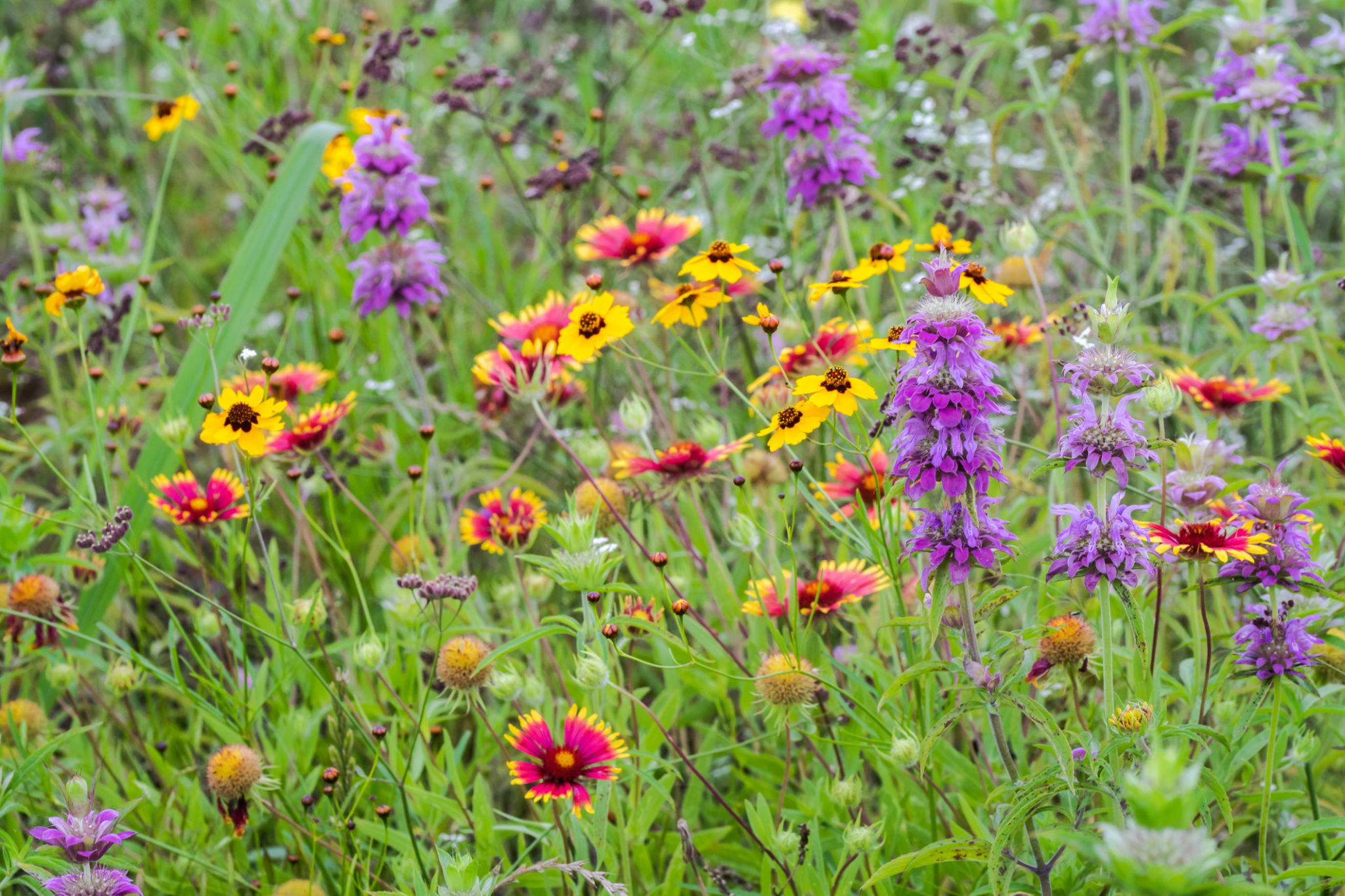The Complete Guide to Sustainable Landscaping Materials
Understanding Sustainable Landscaping Materials
As the demand for eco-friendly solutions grows, sustainable landscaping materials have become an essential consideration for homeowners and businesses alike. These materials help reduce environmental impact while maintaining the aesthetic appeal of outdoor spaces. But what exactly makes a material sustainable? In essence, it refers to the ability to meet present needs without compromising future generations’ ability to meet theirs. This often involves the use of renewable resources, recycled content, and low-impact production processes.
Sustainable landscaping is not just about selecting the right materials; it's about creating a harmonious balance between nature and human-made environments. By choosing eco-friendly options, you can enhance biodiversity, improve soil health, and reduce pollution. Let’s dive into some of the most popular sustainable materials available today.

Reclaimed and Recycled Materials
Reclaimed materials are those that have been reused or repurposed, reducing the need for new resources. This practice not only conserves materials but also lends a unique character to your landscape. For instance, using salvaged wood for decking or garden structures can create a rustic charm while promoting sustainability.
Recycled materials, on the other hand, are made from waste products that have been processed and transformed into new items. Recycled plastic lumber is an excellent example, often used for outdoor furniture and decking. It is durable, requires minimal maintenance, and diverts plastic waste from landfills. Opting for these materials can significantly reduce your carbon footprint.

Natural Stone and Gravel
Natural stone is a timeless choice for sustainable landscaping. As a naturally occurring material, it requires minimal processing and has a long lifespan. Stones such as granite, limestone, and slate can be used for pathways, retaining walls, and patios, offering both durability and aesthetic appeal.
Gravel is another versatile option that supports sustainability. It is ideal for creating permeable surfaces that allow rainwater to seep into the ground, reducing runoff and promoting groundwater replenishment. Additionally, gravel can be sourced locally, minimizing transportation emissions and costs.

Sustainable Plant Choices
Incorporating native plants into your landscape design is a crucial aspect of sustainability. Native plants are adapted to local climates and soil conditions, requiring less water, fertilizer, and pest control. This not only conserves resources but also supports local wildlife by providing habitat and food sources.
Consider planting drought-tolerant species to further reduce water consumption. Succulents, ornamental grasses, and wildflowers are excellent choices for creating a beautiful yet resilient landscape. By selecting plants wisely, you can create a vibrant ecosystem that thrives with minimal intervention.

Eco-Friendly Mulches
Mulching is a beneficial practice in landscaping as it helps retain soil moisture, suppress weeds, and regulate temperature. Opting for organic mulches such as wood chips, straw, or shredded leaves can enhance soil fertility as they decompose over time.
Avoid synthetic mulches like rubber or dyed wood chips, as they may contain harmful chemicals. Instead, choose locally sourced organic options that support sustainability and promote healthy soil dynamics.
Conclusion: Making Informed Choices
Transitioning to sustainable landscaping materials is a thoughtful approach to designing outdoor spaces that respect the environment. By embracing reclaimed materials, natural stones, native plants, and eco-friendly mulches, you contribute to a healthier planet while creating an inviting landscape.
Remember that every choice counts. Whether you're planning a new project or updating existing landscapes, consider the environmental impact of your materials. Sustainable landscaping not only benefits the planet but also enhances your quality of life by fostering a deeper connection with nature.